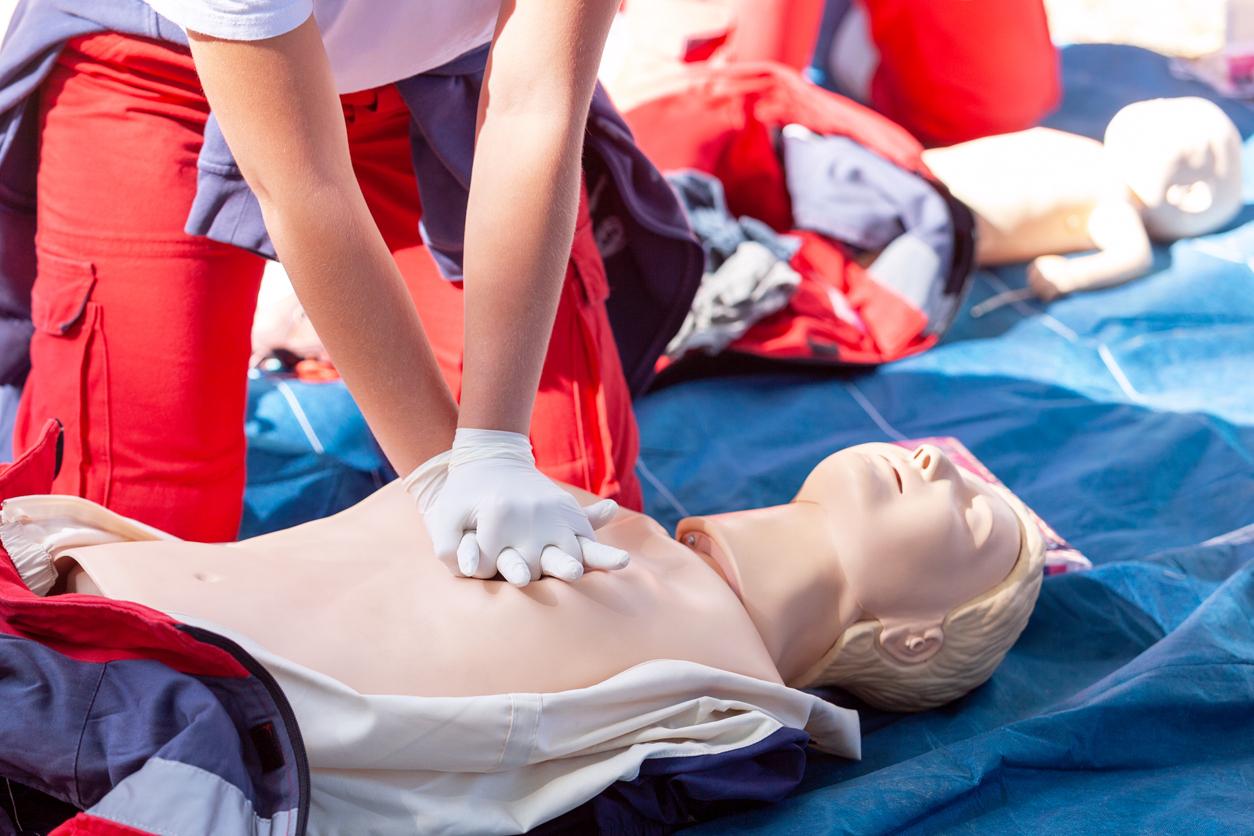Sudden cardiac death can be anticipated in certain cases. There are elements that make it possible to predict it. We take stock.

- The majority of sudden deaths are of cardiac origin. Sudden death is responsible for at least 5 million deaths per year worldwide.
- Half of sudden cardiac deaths are preceded by premonitory symptoms (breathing difficulty, chest pain, syncope).
- Knowledge of these premonitory symptoms by the general public, coupled with artificial intelligence (AI) techniques and connected devices (smartphone applications, connected watch), can allow rapid and early intervention by emergency services.
Sudden death can have several origins. But for at least 80% of cases, this origin is cardiac and responsible for more than 5 million deaths per year worldwide. Despite its sudden and therefore unexpected occurrence, it is possible, at least in certain cases, to anticipate and prevent the fatal outcome.
MSOC: a place for implantable defibrillators
Sudden cardiac death (or MSOC) generally occurs in people with specific, therefore easily identifiable, risk factors. For several years, when possible, implantable defibrillators have been implemented preventively in this type of person. This practice is unfortunately sometimes discussed by certain specialists.
But in some cases, no risk factors are known and detection becomes difficult.
It is therefore necessary to know other predictive factors for the occurrence of MSOC, and to properly apply preventive measures.
Using digital tools to go further
Several relatively recent studies show that in half of cases, MSOC is generally preceded by symptoms. Thus, according to the Professor C.Spaulding and his teamknowledge of these clinical signs, coupled with artificial intelligence (AI) techniques and connected devices, can enable rapid and early intervention by emergency services, thus increasing the chances of survival.
Sudden death: premonitory symptoms
According to Professor Spaulding’s team, the tools currently available already make it possible to achieve short-term prevention thanks to the general public’s knowledge of the warning signs of heart problems such as difficulty breathing, chest pain and syncope. These symptoms can occur in the preceding weeks but also the day before or the same day. People who know how to detect these signs will then call the emergency services early, thus leading to rapid treatment.
And preventive action can be increased tenfold thanks to certain applications for smartphones or connected watches which make it possible to record an ECG which can then be transmitted to emergency teams, or even analyzed using algorithms from AI. But for this, people need to be trained.
Cardiovascular risk factors to take into account
But these new technologies, although very useful, should not make us forget the fight against certain well-known risk factors for cardiovascular diseases such as tobacco, high blood pressure and hypercholesterolemia. Indeed, the primary cause of MSOC is ischemic heart disease (infarction). We must not forget to practice regular physical activity adapted to your health, combined with a healthy diet.
Sudden cardiac death will continue to claim many victims, but detection and anticipation methods are evolving, suggesting a less dramatic end.








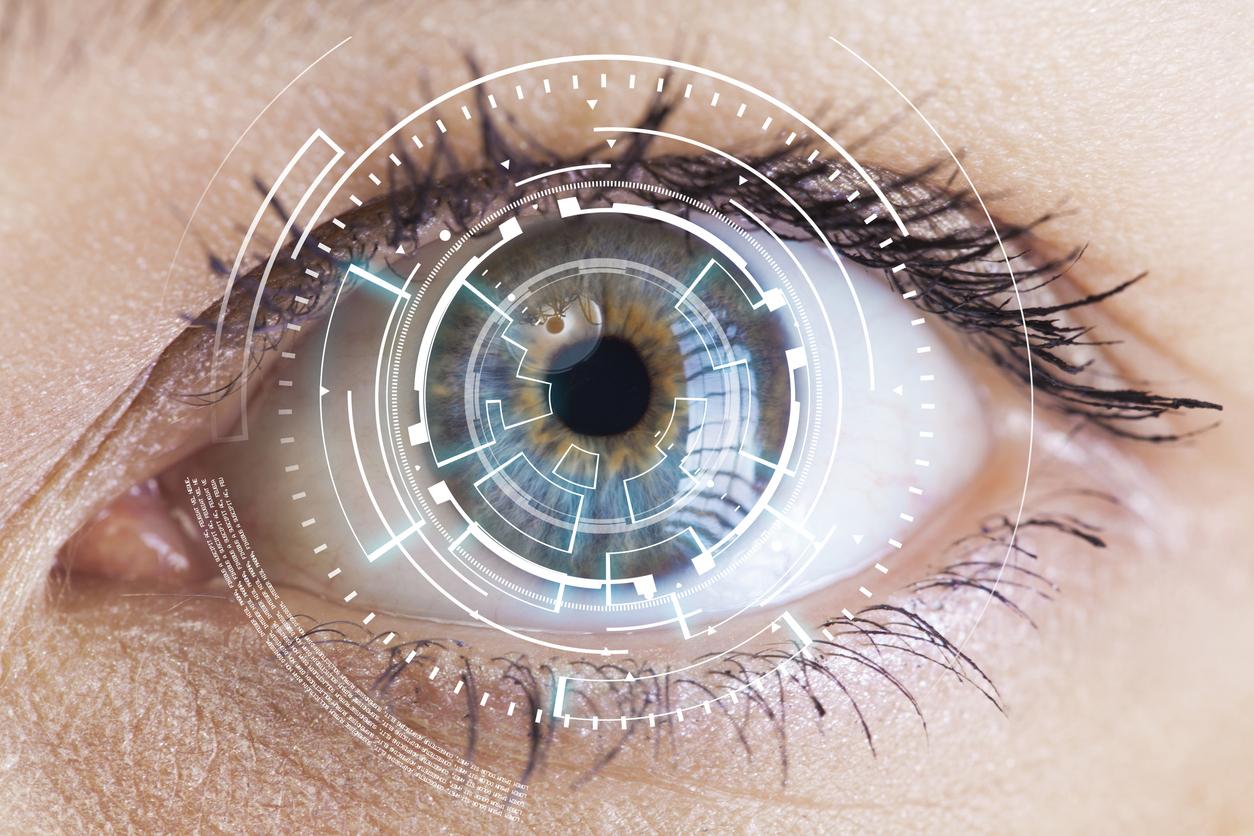

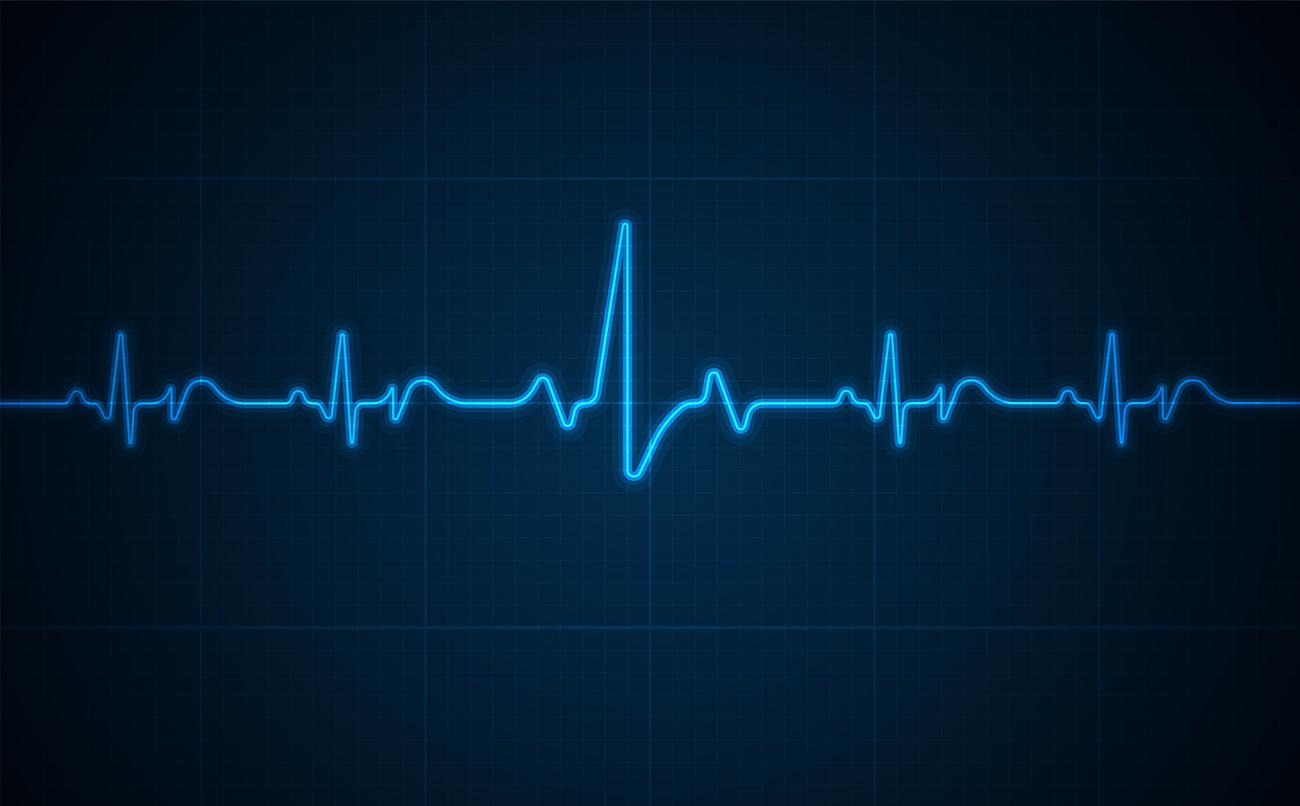
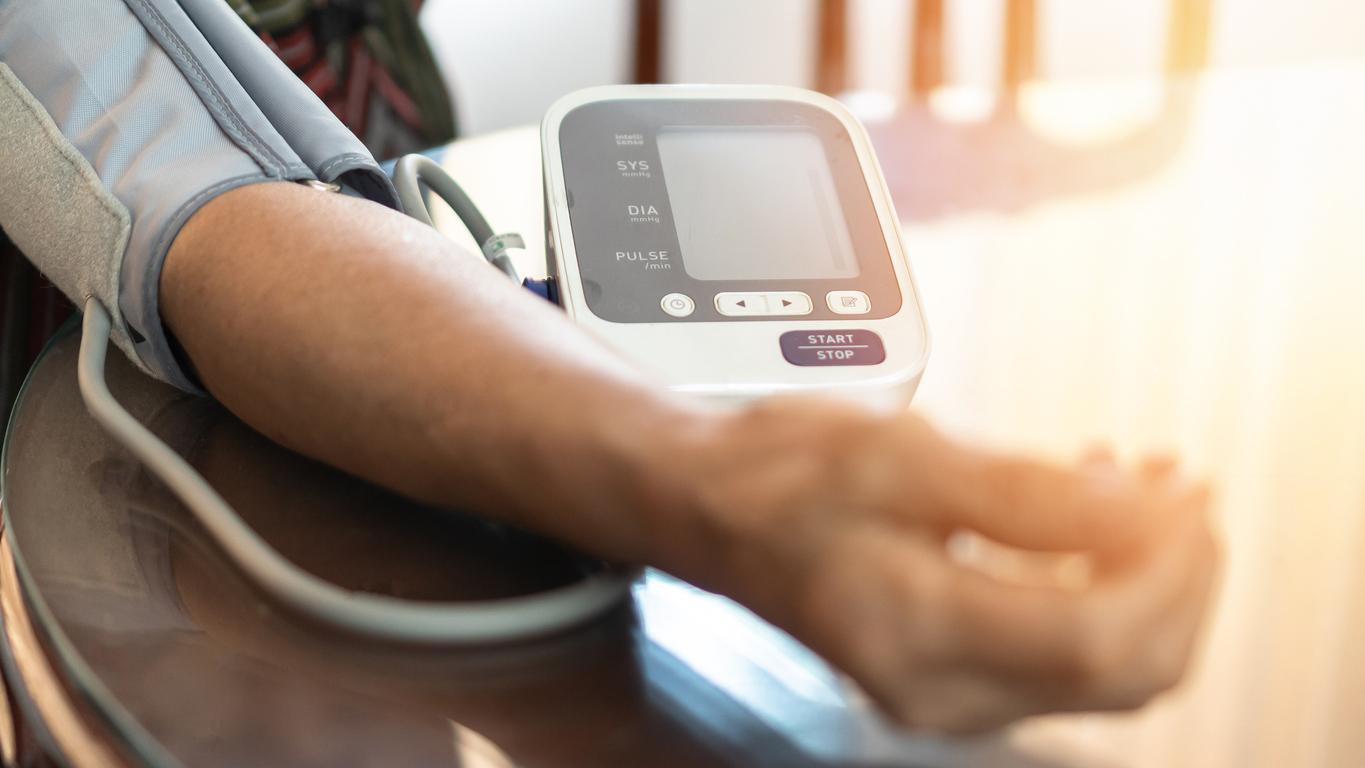

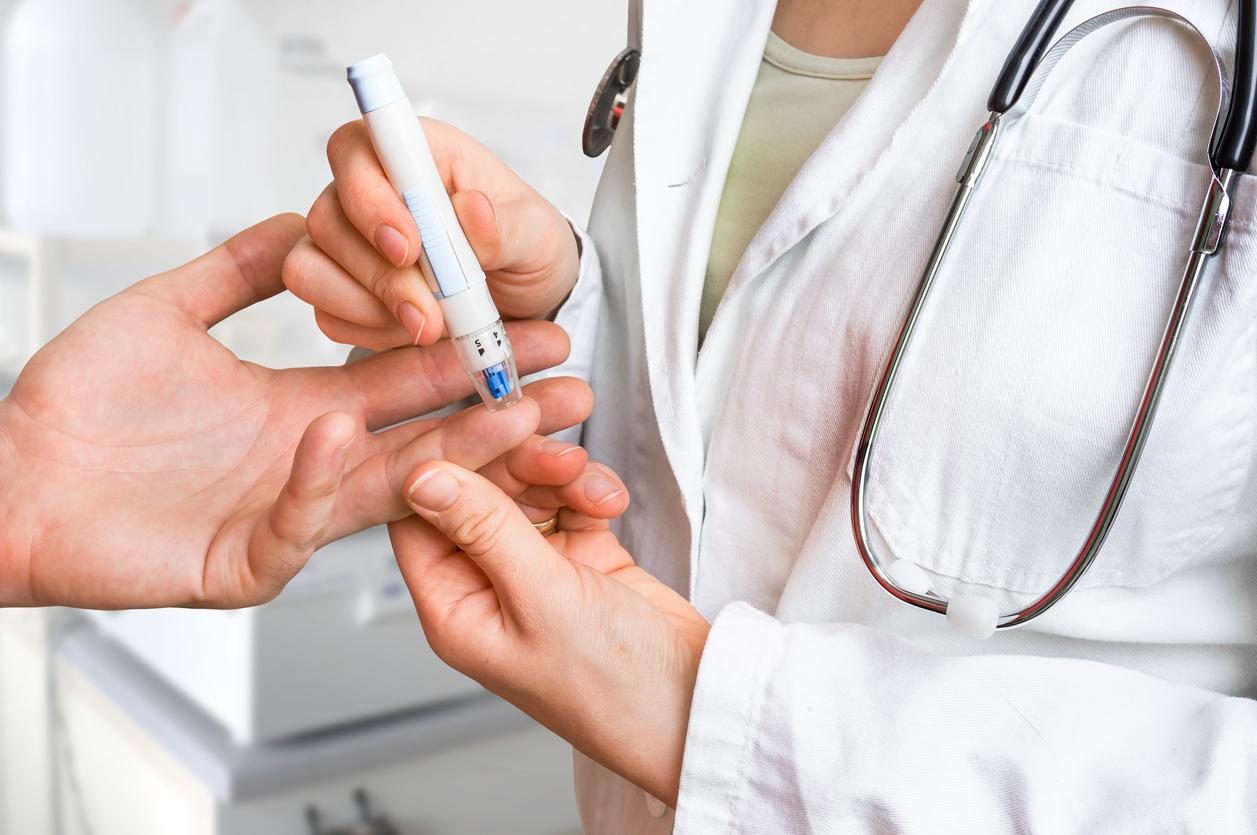
-1708094208.jpg)
